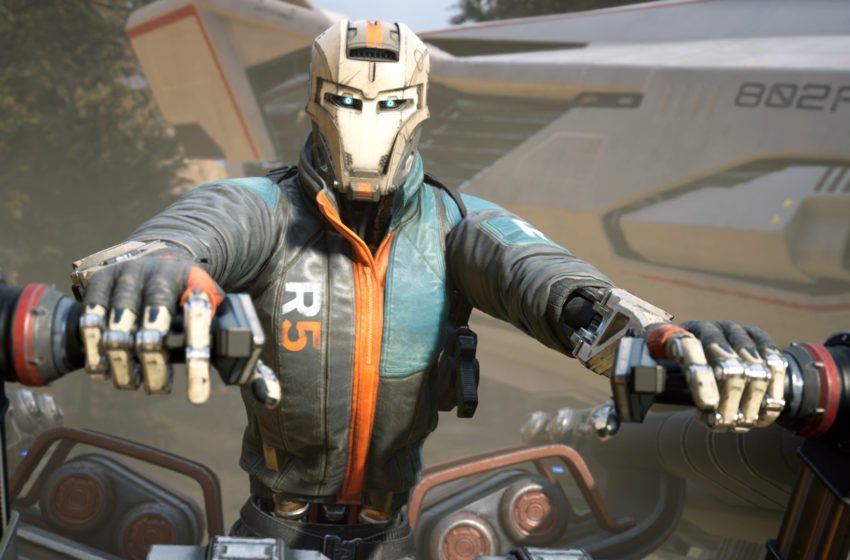Disintegration could have been one of this year’s surprise packages. A first-person shooter and real-time strategy hybrid from Halo’s co-creator provided plenty of cause for optimism pre-launch. But V1 Interactive’s debut title — unlike its cast of characters — fails to integrate its ideas fully. In trying to blend its many innovations into a coherent game, it doesn’t get its balancing act right. Disintegration’s enjoyable features feel weighed down by its frustrating aspects, and it can’t stick the landing like it potentially should have.
Tell us a story
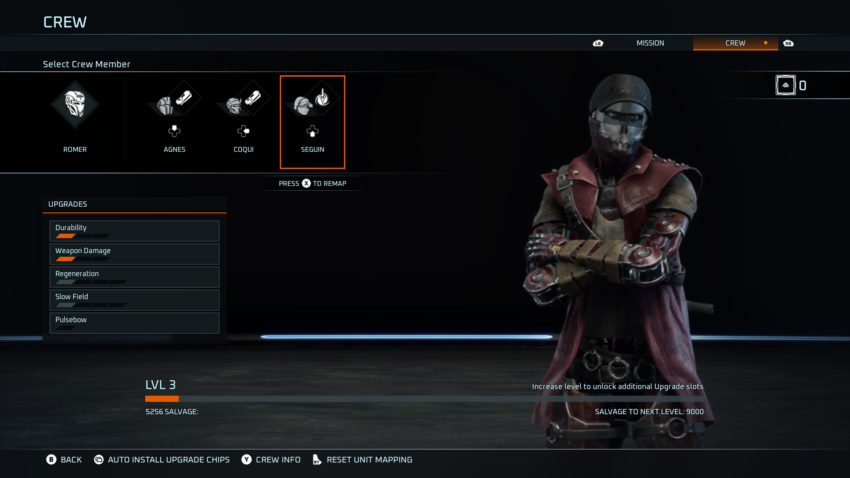
In Disintegration’s story, humanity is on the verge of extinction due to a combination of climate change, overpopulation, an economic disaster, and a global pandemic. To prevent humanity’s end, scientists developed a process known as Integration — where human brains are surgically removed and implanted into robotic armatures — until the picture improves.
While initially viewed as a temporary measure, the Rayonne, Disintegration’s militarised antagonists, take advantage of the global situation and begin forcing humans to be Integrated permanently. Naturally, not everyone agrees, and a war breaks out between the tyrannical faction and those resisting compulsory conversion. You take on the role of Romer Shoal, a former Gravcycle pilot who, after betraying Black Shuck, one of the Rayonne’s commanders, leads a band of Integrated outlaws against the totalitarian regime.
At least, that’s what you’re supposed to know before Disintegration begins. The game’s opening does little to explain its backstory, and our first introduction to Romer and his crew comes from a rushed jailbreak from Black Shuck’s formidable Iron Cloud ship.
Disintegration’s plot becomes clearer as you progress through the campaign but, spoilers aside, even then confusion reigns at certain story junctions. Breaks between missions in hub areas help you to get to know your crew better, but as you spend little time learning about their personalities and lives before Integration, it’s difficult to become invested in them as people or feel obliged to aid them if they’re downed in combat.
Robot wars
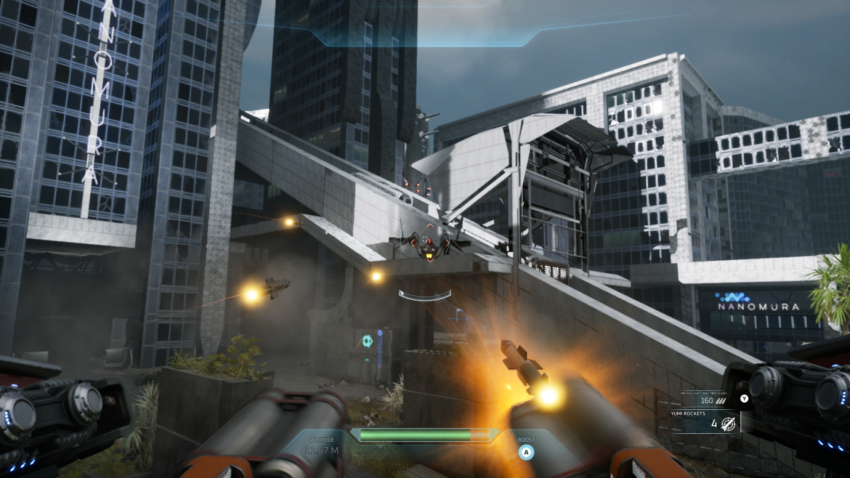
Speaking of combat, battles feel muddled thanks to Disintegration’s FPS-RTS combination. As Romer, you pilot a Gravcycle — a weaponized hoverbike — while your squad moves around on foot. From these heights, you can command them to locate supplies, engage enemy forces, or regroup on your position if you’re spread thinly across the battlefield. You can take part in skirmishes, too, by taking on ground or aerial units, collecting salvage to upgrade your troops, or retrieving your crew’s brain cans — so that they can be redeployed — if they’re defeated in battle.
Disintegration’s blend of RTS and FPS mechanics feels okay, and it offers something fresh for both genres. There’s more to think about during fights, and the challenges presented by different enemy types in certain fights are intense, particularly on harder difficulties.
Ironically, the player-controlled aspect of combat scenarios is where it falls down. Your Gravcycle feels extremely cumbersome and, while it has a boost ability that allows you to evade enemy fire or retreat if the fight’s too tough, you move at a snail’s pace compared to your crew. As they run from one fight to the next and engage in close-quarters and ranged combat, you can’t help but feel that the most frenetic action is going on around you rather than involving you.
Your Command Pulse — whereby you tell your squad where to go or what to do — feels clunky too. It was frustrating when, for the umpteenth time, my squad moved to a random location, instead of engaging a difficult foe, due to a misplaced Command Pulse. When you’re duking it out with an enemy Gravcycle, dodging enemy fire from the ground, and giving instructions to your troops, a little more leeway in the Command Pulse’s sensitivity wouldn’t have gone amiss.
Using a system similar to your squad’s abilities could have worked just as well for your Command Pulse. Sure, you have to sit through a slow-mo action shot every time you select a teammate’s ability — providing you don’t press cancel — but it would have helped with crew placement.
Multiplayer madness
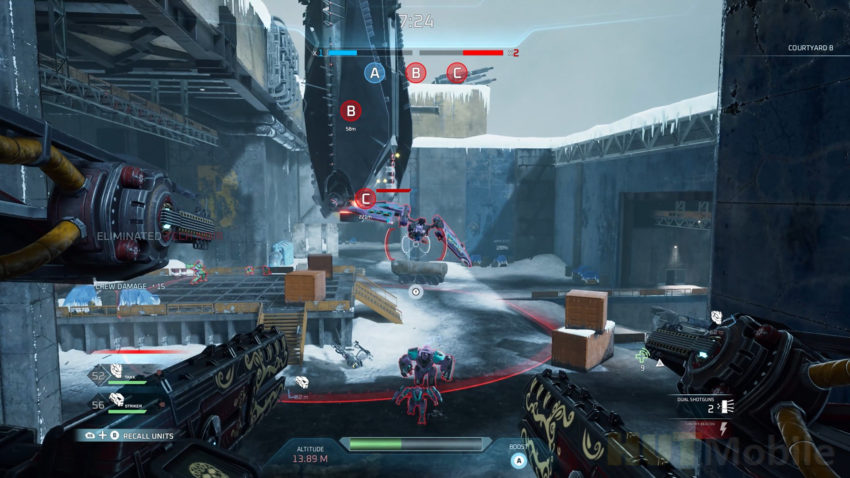
Disintegration’s combat problems persist, to a degree, in its multiplayer mode. While each of its three game types — Control, Collector, and Retrieval — offers fun takes on classic multiplayer modes, it can feel overwhelming to take on human-controlled squads instead of AI ones. Its campaign skirmishes allow time for a breather from the action to heal or regroup, but you aren’t afforded that luxury when coming up against better players who will hunt you down.
What makes Disintegration’s multiplayer mode fun, however, is its variety. Yes, there are only three game types, but six maps provide opportunities to explore different strategies to help you win matches. There are nine unique crews to choose from too, and each comes with its own quirky aesthetic, Gravcycle weaponry, strengths, and weaknesses. Some crews are easier to pick up and play than others — a nice touch that enables first-time players to get to grips with the controls, or experts to try approaching matches from a new gameplay experience.
There are microtransactions here, but thankfully nothing that’s ‘pay-to-win.’ You can unlock new cosmetics by earning Credits from matches but, with the slow rate at which you accumulate them, it’s not really worth the trade off. V1 Interactive will continue to support Disintegration’s multiplayer with seasonal content, but it remains to be seen if there will be a big enough audience for post-launch content.
Android achievement or robotic ruin?
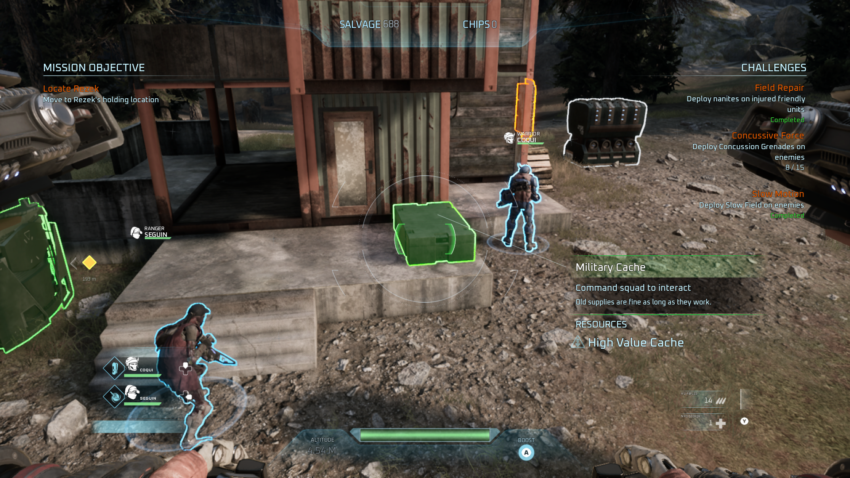
Disintegration could have been an indie title that muscled its way into the end-of-year awards lists. Instead, it offers some intriguing proposals with its blend of genres and gameplay mechanics but fails to fuse them together into something hugely enjoyable.
Its multiplayer modes may keep you engaged for a while, and its campaign poses some interesting questions about humanity, technology, and how we look after our world. Ultimately, though, it’s lacking in certain areas and, maybe with some extra polish and a bit more scope, its innovative ideas may have been better realized.
In a way, Disintegration’s opening cutscene is a perfect summation of what to expect from V1 Interactive’s maiden game — confusion about what’s actually going on, a sense that the best action is going on without you, and a crash landing that elicits a surge of adrenaline that’s all-but-fleeting in the end.
If there’s a follow-up — and its ending suggests there could be — there may yet be hope for this budding franchise if Disintegration’s kinks are ironed out. For now, its grandiose ideas fall short when put into practice.
